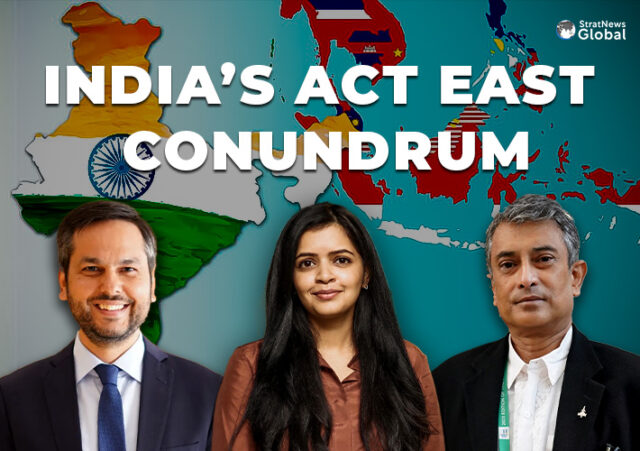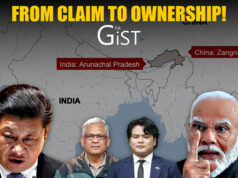Despite all the attempts and initiatives by successive governments to increase connectivity with our neighbours to the east, India had far better overland connections with Nepal, Bangladesh, Bhutan, and Myanmar (then known as Burma) in the 1960s and earlier than it does now. The Look East and Act East policies as well as the Neighbourhood First policy seem more focused on maritime and even digital connectivity, while inland and overland connections remain mostly in the doldrums.
In a paper titled Beyond the Coastline: India’s Land Connectivity Options around the Bay of Bengal, Riya Sinha and Constantino Xavier from the Centre for Social and Economic Progress in New Delhi delve deep into this paradox. Arguing that ‘India must prioritise the development of multimodal transportation infrastructure beyond coastal areas to bridge the current gap between maritime and land-based initiatives around the Bay of Bengal and spur the creation of sub-regional, regional, and inter-regional economic corridors,’ the two authors, considered to be top-rung experts in this domain, suggest ways and means to do this.
In this episode of The Gist, they explain how a once-insular India, surrounded by suspicious neighbours, each with a different agenda, has tried to overcome these challenges, and suggest ways and means to resolve the myriad issues that are involved. Watch the full interview to find out more.
In a career spanning three decades and counting, Ramananda (Ram to his friends) has been the foreign editor of The Telegraph, Outlook Magazine and the New Indian Express. He helped set up rediff.com’s editorial operations in San Jose and New York, helmed sify.com, and was the founder editor of India.com.
His work has featured in national and international publications like the Al Jazeera Centre for Studies, Global Times and Ashahi Shimbun. But his one constant over all these years, he says, has been the attempt to understand rising India’s place in the world.
He can rustle up a mean salad, his oil-less pepper chicken is to die for, and all it takes is some beer and rhythm and blues to rock his soul.
Talk to him about foreign and strategic affairs, media, South Asia, China, and of course India.





